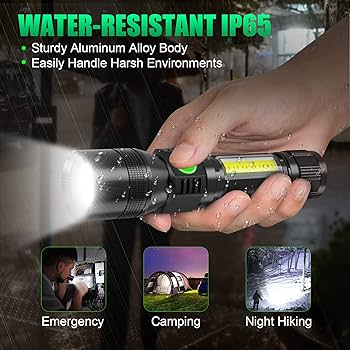Table of Contents
Introduction: What Makes an Underwater Flashlight Essential?
Underwater flashlights are vital tools for scuba divers, snorkelers, and marine professionals, offering enhanced visibility in low-light conditions. Their specialized features, such as waterproofing and high lumens, ensure safe and effective use underwater. Explore how to choose the perfect underwater flashlight for your needs.
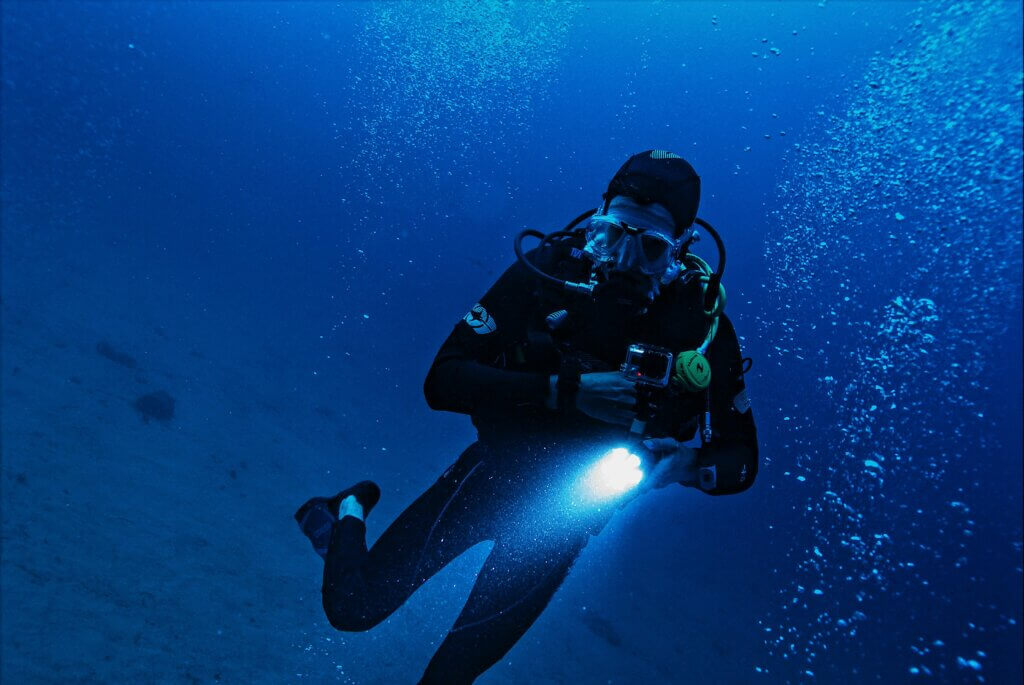
Underwater environments pose unique challenges for visibility. Whether for recreational purposes like snorkeling or professional applications such as marine inspections, having the right underwater flashlight can make all the difference. With their specialized design, underwater flashlights are engineered to operate efficiently in aquatic conditions where regular flashlights would fail. Let’s dive deeper into understanding these indispensable tools and why they’re essential for underwater exploration.
Table of Contents
Understanding Underwater Flashlights
What is an underwater flashlight, and why is it unique?
Underwater flashlights are specially designed for submersion, featuring durable waterproof materials, pressure-resistant construction, and high-lumen output. Unlike regular flashlights, they withstand water pressure and offer optimal visibility in low-light underwater environments. Perfect for both recreational and professional use, these tools enhance underwater exploration and safety.
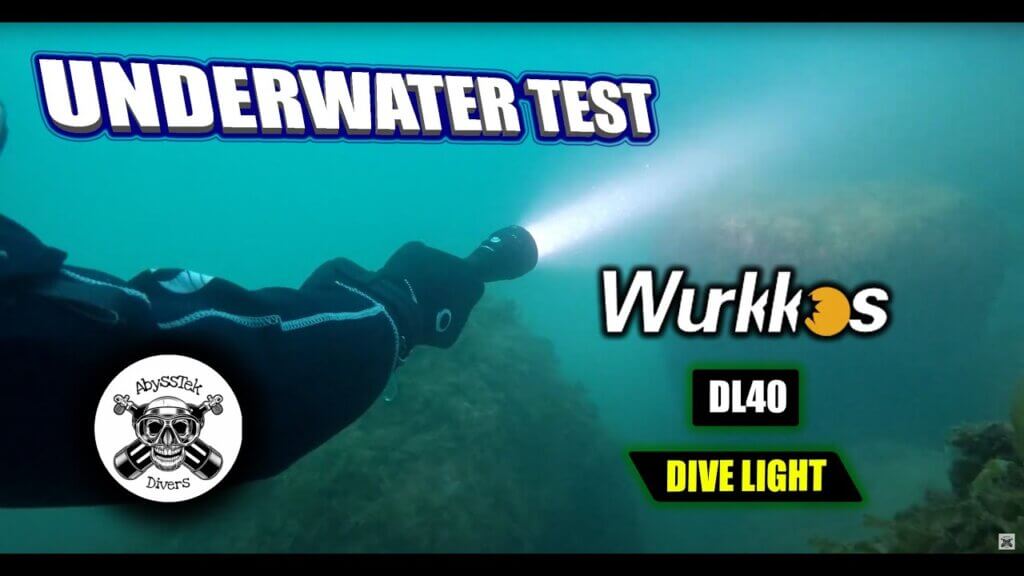
Unlike regular flashlights, underwater flashlights are built to endure the challenges posed by water. The water-tight seals, pressure-resistant bodies, and bright LEDs make them ideal for providing consistent illumination. Their design ensures that they perform reliably in deep or murky waters, where regular flashlights would fail. Understanding these features is key to choosing the right flashlight for your needs.
For a better understanding of flashlight specifications, check out our article on ideal flashlight brightness.
What features distinguish them from regular flashlights?
Key features of underwater flashlights include high waterproof ratings (IP68 or higher), robust materials like aluminum alloy, and adjustable beam angles. They are also pressure-resistant and come with long battery life, ensuring reliable performance even in the deepest waters.
What truly sets underwater flashlights apart from their regular counterparts is their ability to operate under extreme pressure without compromising on performance. These features allow them to withstand the high pressures of deep water, making them indispensable for divers, underwater photographers, and marine researchers alike. Additionally, their long-lasting battery ensures you can rely on them for extended periods, which is essential during long dives or underwater tasks.

Types of Underwater Flashlights
What are the different types of underwater flashlights?
Underwater flashlights come in various types, such as LED, incandescent, and HID models. LEDs dominate the market due to their energy efficiency and brightness. Incandescent lights are better for warmer color tones, while HIDs are ideal for professional applications needing powerful illumination.
The type of underwater flashlight you choose largely depends on your intended use. LEDs are highly efficient, offering bright and consistent lighting, making them the go-to choice for recreational and professional divers alike. Incandescent lights, with their warm color temperature, are better for specific environments, especially when searching in murky waters. Meanwhile, HID flashlights, though more expensive, deliver intense brightness needed for professional marine applications.
What are the best use cases for each type?
LED flashlights are perfect for deep dives and photography due to their brightness. Incandescent lights work well in murky waters for close-range visibility. HID flashlights are best for marine research and technical dives needing high-intensity beams.
The type of flashlight you choose should align with your specific needs. For example, divers who need long-lasting, high-powered light for deep dives should opt for an LED flashlight. On the other hand, if you’re diving in muddy or low-visibility waters, an incandescent flashlight will help create a more natural light effect for close-range exploration. HID flashlights are better suited for professionals who need powerful beams to cover large underwater areas.
For those considering multifunction flashlights, explore our product catalog to find advanced LED models suitable for underwater use.
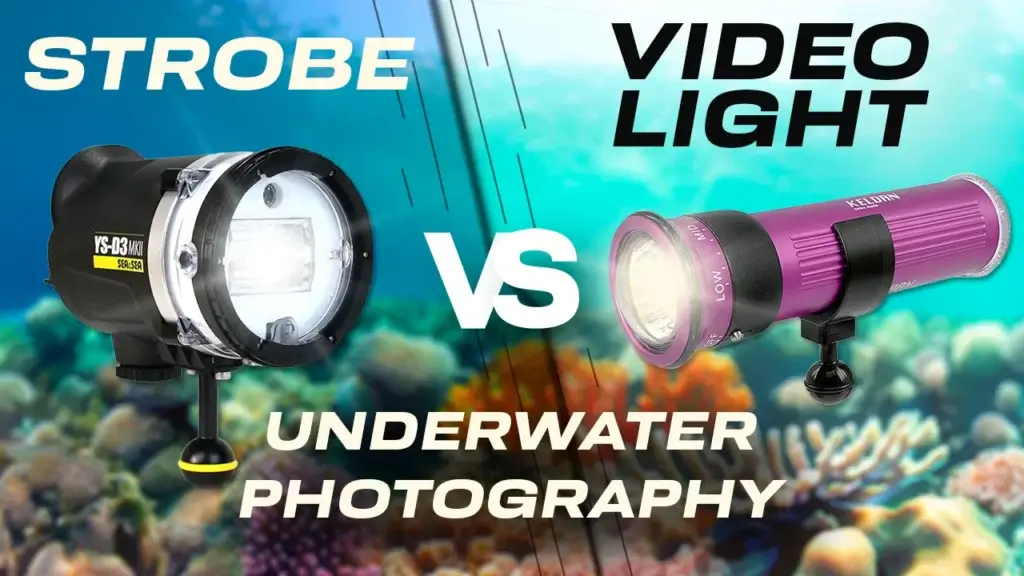
Key Specifications to Consider
What are the most important specifications when choosing an underwater flashlight?
When selecting an underwater flashlight, consider lumens (brightness), beam angle (wide or narrow), waterproof rating (IP68+), battery life, and color temperature. A wider beam is ideal for open waters, while a narrow beam is better for focused tasks.
When making your choice, it’s important to balance various factors such as brightness (measured in lumens) and beam angle. Brightness ensures visibility in deeper and darker conditions, while beam angle affects the width of the light. For larger areas, a wide beam is ideal, but for focused tasks like searching a small area, a narrow beam is more effective. Also, don’t forget to check the flashlight’s waterproof rating, as it determines how deep it can be safely used.
Understanding these specifications helps ensure the flashlight meets your specific needs. For detailed insights into flashlight brightness, visit our article.
Why is color temperature important for underwater visibility?
Color temperature affects underwater visibility significantly. Cool white LEDs (5500-6000K) offer better depth penetration, while warm tones (3500-4000K) excel in murky or close-range conditions. Choose a color temperature that matches your environment for the best visibility.
The color temperature of your underwater flashlight plays a major role in how well you can see underwater. Cool white LEDs are perfect for deep water visibility as they penetrate further, while warmer tones can make objects appear clearer in shallow, murky waters. Knowing what conditions you’ll be diving in can help you select the most effective light.

Market Trends and Growth
How is the underwater flashlight market growing?
The global underwater flashlight market is growing at a CAGR of 5.5%, with an estimated size of USD 342.85 million in 2024 and a projected value of USD 625.68 million by 2034. Growth is driven by the rising popularity of aquatic activities and eco-friendly LED innovations.
As aquatic activities continue to rise in popularity, so does the demand for specialized equipment like underwater flashlights. The market is expected to grow significantly in the next decade, driven by advancements in LED technology and an increasing interest in eco-friendly solutions. With a growing base of recreational divers, marine professionals, and underwater photographers, the industry shows a promising future.
Market Statistics Table:
| Attribute | Details |
|---|---|
| Estimated Market Size (2024) | USD 342.85 million |
| Forecasted Market Size (2034) | USD 625.68 million |
| Projected CAGR (2024-2034) | 5.50% |
| Historical CAGR (2019-2023) | 4.70% |
| Key Growth Drivers | Scuba diving, eco-friendly innovations |
For more on our innovative flashlight offerings, visit our about page.
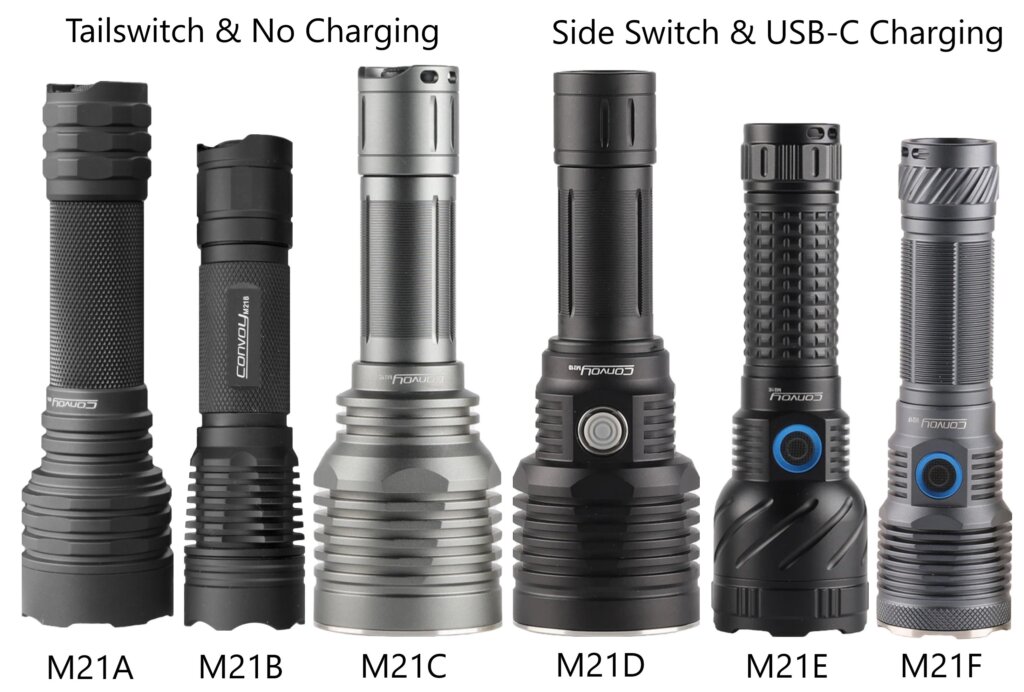
Applications of Underwater Flashlights
What are the recreational uses of underwater flashlights?
Underwater flashlights are essential for scuba diving, snorkeling, and underwater photography. They enhance visibility, making it safer to navigate in low-light environments and capture vivid marine life images. Divers rely on these tools for a better and safer experience underwater.
From recreational divers to underwater photographers, everyone who ventures below the surface can benefit from underwater flashlights. They make underwater exploration safer and more enjoyable by providing the light needed to see the vibrant colors and creatures beneath the water. With the right flashlight, diving in dark or murky waters becomes far more manageable.
What are the professional applications?
Professionals use underwater flashlights for marine research, underwater inspections, and search-and-rescue operations. These lights provide reliable illumination for intricate tasks, ensuring efficiency and safety in challenging underwater conditions.
Whether you’re a marine researcher, an underwater inspector, or part of a search-and-rescue team, underwater flashlights are crucial. Their durability and brightness make them indispensable in environments where traditional lighting equipment simply can’t perform. Having the right tools can make a significant difference in the effectiveness and safety of the work.
Explore our multifunction flashlight product designed for underwater use.
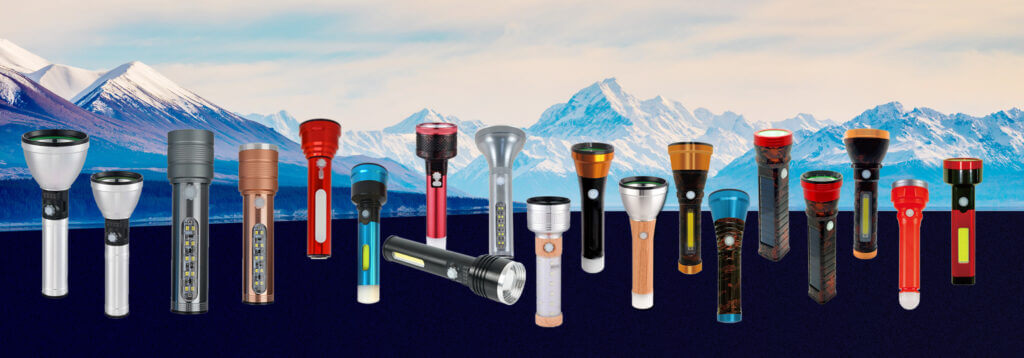
Best Practices for Using Underwater Flashlights
How can I use an underwater flashlight effectively?
Use your underwater flashlight by adjusting the beam angle to suit your environment. For murky waters, a narrow beam is better. Always test the light before a dive and ensure proper waterproof sealing. Regular maintenance ensures longevity and peak performance.
It’s essential to adjust your flashlight based on the conditions you’ll encounter. In clear water, a wider beam will illuminate a larger area, but in murky conditions, a narrower beam will help focus light on specific objects. Regular maintenance and pre-dive checks are also crucial to ensure your flashlight performs optimally.
How should I maintain my underwater flashlight?
Rinse the flashlight with fresh water after every use, especially in saltwater. Check and lubricate O-rings regularly to maintain a watertight seal. Store the flashlight in a dry, cool place, and charge it fully before each use for optimal performance.
Proper maintenance ensures that your flashlight lasts longer and continues to perform effectively. After each use, especially in saltwater, make sure to rinse the flashlight thoroughly. Check the O-rings to ensure they remain lubricated and free from debris, as these are the key components that ensure your flashlight remains waterproof.
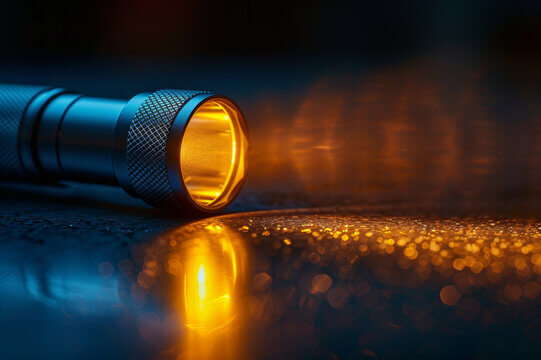
Frequently Asked Questions
What are the best underwater flashlights?
The Big Blue AL1200XWP-II and Kraken Hydra 1200 are among the best options available, offering top-notch brightness and durability.
How deep can an underwater flashlight go?
Top-quality flashlights can reach depths of over 100 meters, with some specialized models capable of going as deep as 200 meters.
How long does the battery last on an underwater flashlight?
Battery life varies depending on the model, but most underwater flashlights offer anywhere between 2 to 10 hours of continuous use.
Conclusion
Underwater flashlights are vital for safety, visibility, and efficiency during underwater exploration and professional tasks. With the right choice, you can enhance your underwater experience, ensuring both safety and optimal performance.
In conclusion, selecting the right underwater flashlight is critical for safe and successful underwater activities. With a better understanding of the different types, features, and specifications of these flashlights, you’re now equipped to make an informed decision for your next dive or professional project. For more assistance in finding the perfect flashlight, feel free to explore our comprehensive product range.
